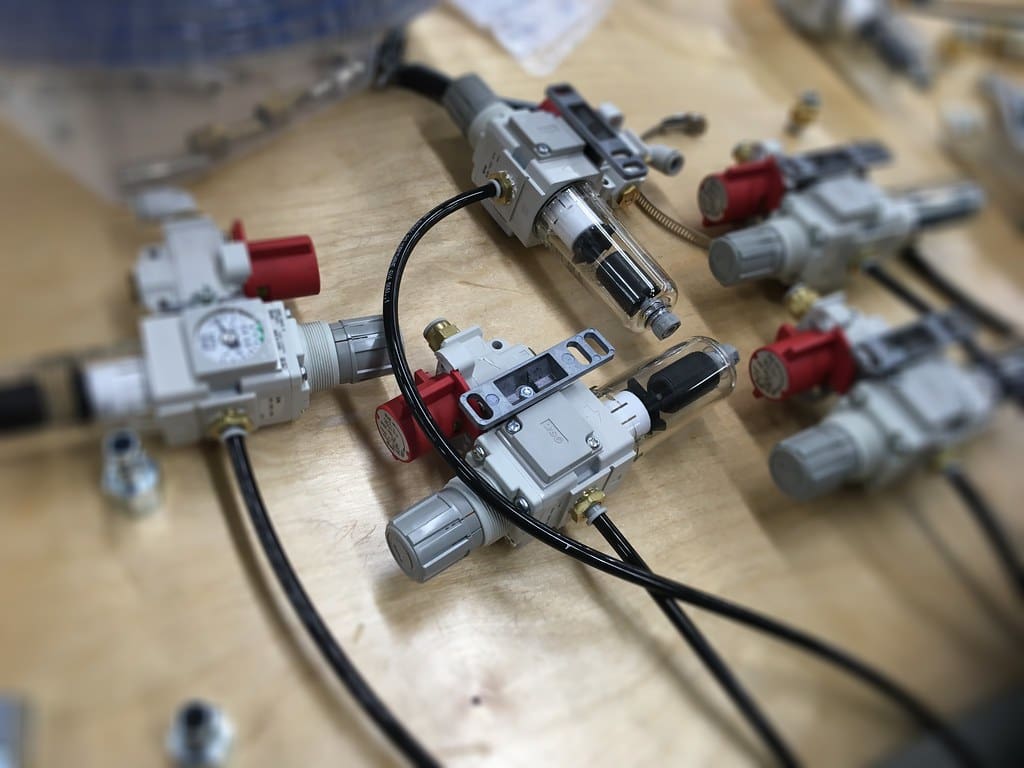Hydraulic engineering, a branch of civil engineering focused on the flow and control of fluids, primarily water, is experiencing significant advancements through the integration of 3D printing technology. This transformative approach is reshaping how water-related infrastructure, such as dams, channels, pipes, and gates, is designed, constructed, and maintained. 3D printing not only offers enhanced flexibility and efficiency in manufacturing these components but also introduces innovative solutions to complex hydraulic challenges.
The Emergence of 3D Printing in Hydraulic Engineering
Historically, hydraulic engineering has relied on conventional manufacturing techniques that often involve significant material waste and logistical challenges. The advent of 3D printing has provided hydraulic engineers with a tool to overcome these limitations, enabling the production of complex designs that optimize functionality and sustainability. From creating intricate parts for water treatment facilities to prototyping new turbine designs, 3D printing is proving to be invaluable in this field.

Advantages of 3D Printing in Hydraulic Engineering
Design Flexibility and Complexity: 3D printing allows for the creation of complex geometries that are often impossible with traditional manufacturing methods. This capability is particularly beneficial in hydraulic engineering, where the design of components can significantly influence the efficiency of fluid flow and sediment transport.
Rapid Prototyping and Iterative Design: Hydraulic systems can be prototyped quickly, allowing engineers to test and refine their designs in a short period. This rapid prototyping accelerates the development process, reducing time from concept to deployment.
Cost Efficiency: 3D printing reduces the need for expensive molds and cuts down on material waste. For hydraulic engineering, where custom parts are often required, 3D printing can lead to substantial cost savings in both development and production.
Sustainability: By minimizing waste and allowing for the use of eco-friendly materials, 3D printing contributes to more sustainable hydraulic engineering practices. Additionally, the ability to print on demand reduces the need for large inventories and the associated environmental impact of storing and transporting goods.
Key Applications of 3D Printing in Hydraulic Engineering
Water Treatment Components: 3D printing is used to create bespoke components for water treatment plants, including intricate filter systems and parts for chemical dosing equipment. These components are designed to maximize efficiency and adapt to specific treatment needs.
Flood Management Structures: Innovations in 3D printing have enabled the construction of customized flood barriers and gates. These structures are not only quicker to produce but can also be tailored to fit specific geographical and hydrological conditions.
Pipeline Systems and Fittings: The flexibility of 3D printing allows for the creation of pipelines and fittings with complex internal geometries designed to optimize flow rates and reduce pressure losses. This application is crucial in both urban water systems and irrigation projects.
Hydropower Turbine Development: Hydraulic engineers use 3D printing to prototype and test new designs for turbines in hydropower plants. These models help in optimizing the turbine blades and housings for maximum energy efficiency and minimal environmental impact.

Challenges in 3D Printing for Hydraulic Engineering
Despite its numerous benefits, 3D printing in hydraulic engineering faces several challenges:
Material Durability and Stability: Ensuring that 3D-printed materials can withstand long-term exposure to water and the mechanical stresses in hydraulic environments is crucial. Research into more durable and water-resistant materials is ongoing.
Scale Limitations: While 3D printing is excellent for small components and prototypes, scaling up to larger structures, such as dams or large pipelines, presents significant technical and financial challenges.
Regulatory and Standardization Issues: As with many emerging technologies, regulatory frameworks for 3D-printed hydraulic components are still under development. Standardizing these new manufacturing processes to ensure safety and reliability is essential for wider adoption.
Future Directions in 3D Printing for Hydraulic Engineering
Looking forward, the future of 3D printing in hydraulic engineering is promising, with continued advancements in 3D printing technologies and materials expected to address current limitations. As engineers gain more experience and confidence in using 3D printing, its applications within hydraulic engineering are likely to expand, leading to more innovative and efficient water management solutions.
3D printing is set to revolutionize hydraulic engineering by providing enhanced capabilities for designing and manufacturing complex, customized, and sustainable water management systems. As the technology continues to evolve, it offers the potential to significantly impact how hydraulic infrastructure is developed, contributing to more effective and resilient water systems worldwide.








